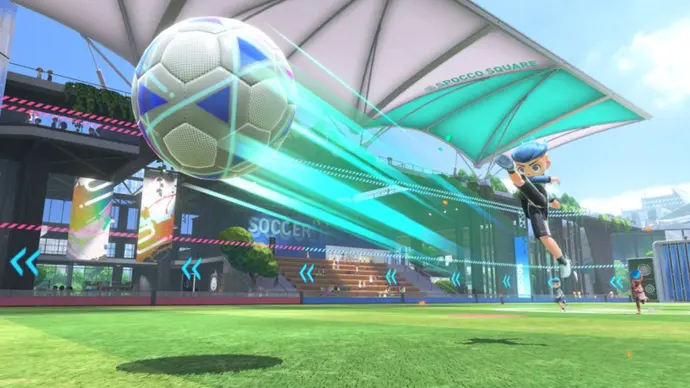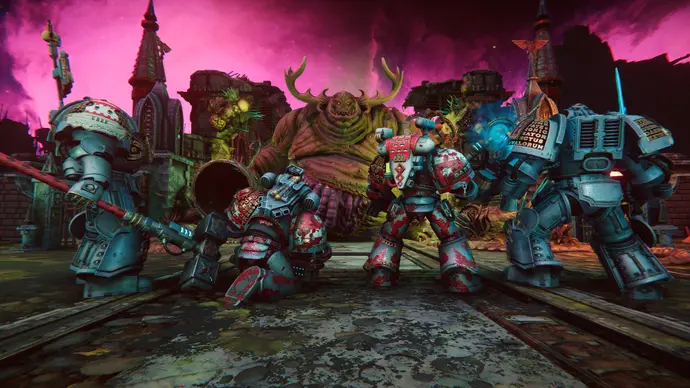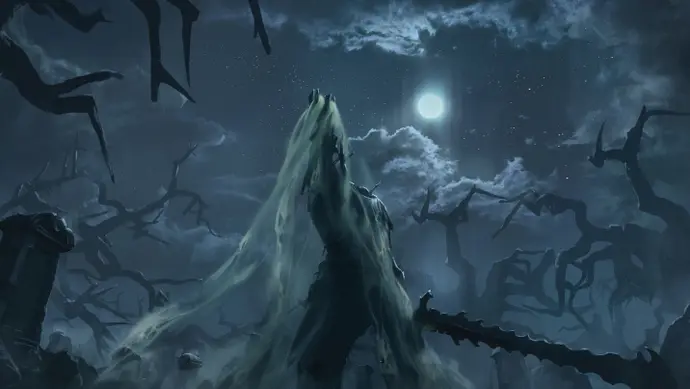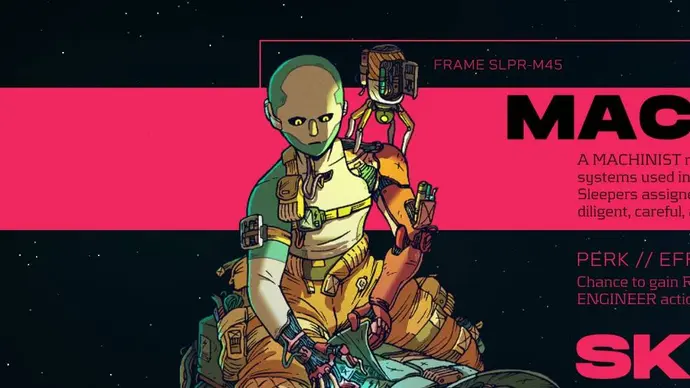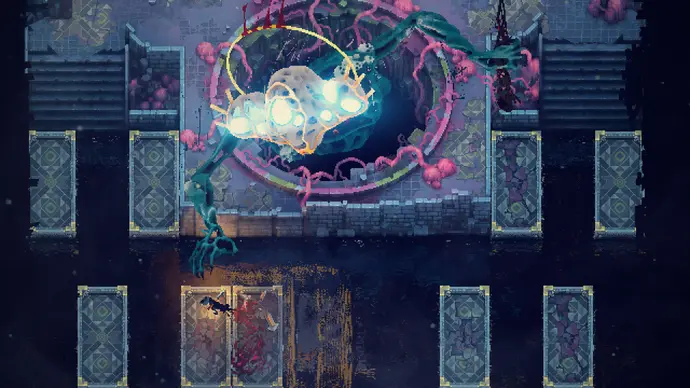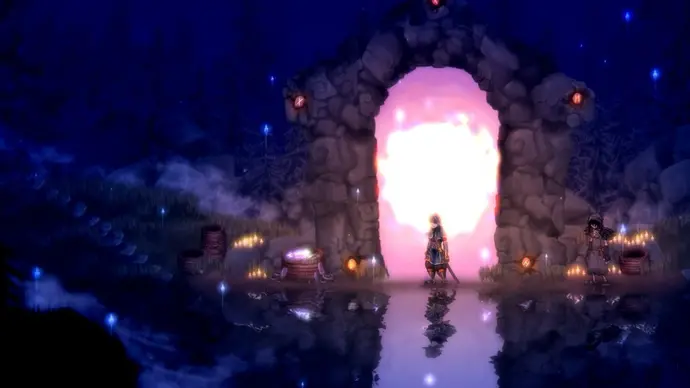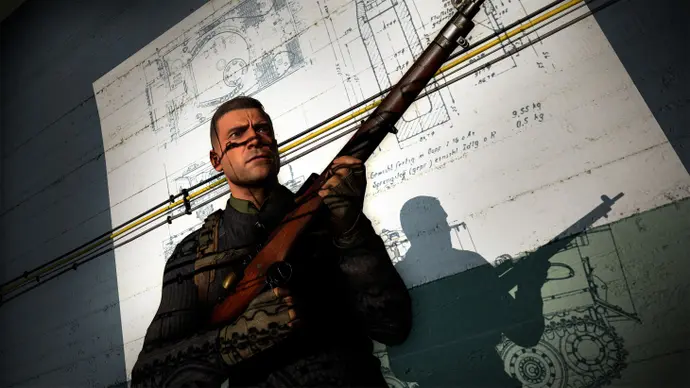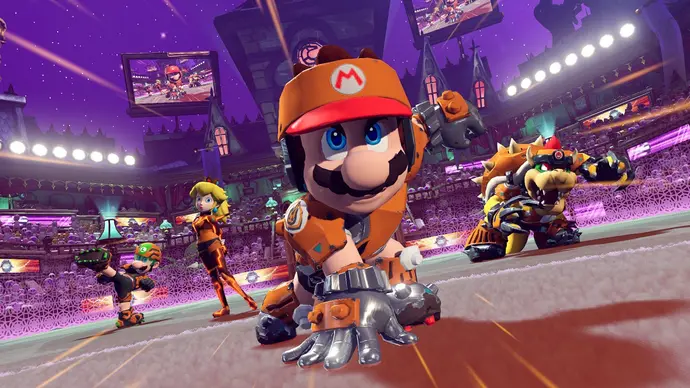Nintendo Switch Sports review – whether you’re playing online or locally, it’s an absolute delight
Yes, this is what I recall. Shift the couch. Reposition the seats. And then every game starts with something that makes me think of music and movement in early childhood education, which is almost forty years ago. Locate a spot, extend your arms so as not to bump into anything, then lift someone off their feet. You’re prepared. The very notion of this conjures up the aroma of floor polish, dust, and footsteps from every school hall in history.
That’s not how this would smell, though. This would smell like corporate perfume and potpourri coming from concealed vents. This would smell like sandalwood, candied fruit, and marshmallow. In fact, that’s one of Nintendo Switch Sports’ biggest shocks. at least for me. How exquisite everything is.
Six games total—three new and three returning—are included in the most recent Wii Sports title. This may seem like a bit too little, especially when you consider that Golf will be available as a free update in the fall. All of this was known beforehand. The fact that the game takes place on an idealized urban campus, with distinct grounds for each sport, escaped my notice.
The grounds have taken on an obsession of mine. Nintendo Switch Sports is like working for Google or one of those crazy tech companies where they do your laundry and serve lobster toast at your desk every evening. From the staircases and exposed brickwork that house the pool for Chambara (every time I knock an opponent into the water, I always see an old lady standing on a gantry cheering me on) to the glimpse of a promising Boxpark you can see when playing badminton, all those coffee shops and whatnot arranged in old shipping crates.
Volleyball is my favorite space. A multistory glass-fronted coffee shop/library/stroke named the Humhum Cafe is visible if you take a moment to glance away from the volleyball court, which is always risky in volleyball. This is what dreams are made of. The sound of flatware clinking and the hushed murmur of stacks in a coffee shop that doubles as a library. the creation of a creative team that is compelled to infuse a little world-building into a series of video games.
I should really go watch the sports. In fact, volleyball is a great place to start. My top choice of the six available is a dead tie; they’ve cleverly reworked the beloved classic, putting a lot of emphasis on time. Flip the Joy-Con to control any of these motions: serve, bump, set, spike, and block. However, what turns it into a blood sport is the timing. When your opponents miss the ball and you hear the bouncing THWACK, it’s the Switch Sports game that makes you scream with victory.
Playing the game alone is okay, but when four people get together online, it becomes a whole lot more fun. It’s harsh. Who would have thought that a timed game could cause such rage? Who would have thought that positioning oneself precisely, striking the ball, and watching it turn green—a sign that, I believe, the time was ideal—would provide such intense happiness? volleyball
My second favorite game is football, which is one of the three new titles available on Switch Sports along with badminton. Any way you play it, football is awesome. It’s basically like Rocket League football, except it’s played on a court with barriers to keep the ball in play and a giant ball. Playing it online against two complete teams of four is the best way to experience its chaos and brutal nature. However, it functions well as a single-player game: use one stick to move, the other to aim the camera, pass, nuzzle the ball, kick it with a Joy-Con, and execute the hilarious all-or-nothing diving header by swiping with both sticks.
It functions because it’s entertaining to play with the ball and see it sail toward you with a certain stateliness, like a towering something that could easily flatten you, before you quickly leap to deflect it. This can become less and less like football and more like a surreal pinball machine with more people on the field, but even that can be effective. Additionally, you may play true games where passing is important and the goal total exceeds three or four when you play against skilled teams online. The shoot-out mode, where you strap the Joy-Con to your leg and really kick, seems a little unusual, but that’s the only criticism I have. Though it’s entertaining to see the goal shrink as your score rises, I doubt I’ll play it very much in the end.
The third of the new sports is badminton, which is a quicker and lighter version of tennis that is limited to singles play. A rally is nice and simple to find, but the real strategy is to read the shuttlecock and wait for an error, such as a rival isolating themselves on one side of the court or a moment when the shuttlecock wobbles in the air, indicating a chance for a power shot to seal the deal. Due to the speed of badminton, you may easily outplay opponents for hours on end, or they can easily outplay you. It’s beautiful stuff. Indeed, the appeal is enhanced by the boxpark.
The three returning sports then complete the picture, at least until golf makes an appearance. Tennis is a dependable game that involves your partner duplicating your strokes if you’re playing alone. However, it is more beneficial when four people participate, especially if they’ve recently had a fight in real life and want a private area to sort things out.
Since badminton has joined the lineup, tennis feels heavier. Nevertheless, it’s still a fantastic, fast-paced version of the game that captures the delirious sound of a rubber ball breaking the sound barrier (well, it doesn’t, but it feels like it does). Tennis will undoubtedly become a bit of a go-to when the novelty of other activities wears off. I adore how sour the players are; when they lose a point, a Peanuts-style scribbling of silent fury appears over their heads, and the replay shows them fighting over calls. When I lose, I experience a small amount of that grumpiness myself. I once read that the creator of Uber ranked somewhere in the top two worldwide in Wii Tennis. It is logical. It’s a sharks’ game.

That is to say, even if Chambara is physically more violent—you attack people with swords—it seems less brutal than that. This is a great one-on-one game to play online since there’s always a waiting list of new players to compete against, but it’s also great to play with two buddies in the living room. The three available play modes range from a very basic thwack-and-guard (guarding is handled with a trigger, allowing you to stun your opponent and create an opening) to a mode in which your guards charge up a power move and a final mode in which you use two swords. The motion controls are excellent, presumably in part because you recalibrate after each game by pointing your Joy-Con at the screen. I have engaged in several internet two-sword games with individuals who were genuinely serious about the game. Seeing a new enemy come and knowing they are skilled at what they do simply by looking at how they use their swords can be strangely exhilarating.
(I also adore Chambara’s Nintendo extras; the entire game is obviously set in a remodeled railway shed, complete with exposed brick and vaulted ceilings; there’s even a nice little ladder that leads from the pool you fall into to the platform you play on.) It’s a beautiful bit of world-building that I suspect other teams would overlook.
Bowling is the last sport that has returned, and it’s as much fun as it ever was. Swing the Joy-Con to bowl, and since some folks have already broken their TVs, remember to bring a wrist strap.
I’ll be quick because I’m running late, but there are two things I would want to discuss about bowling: my kid loves it, so I don’t really appreciate the extra mode, which has obstacles on the lanes and moving platforms. Additionally, there is an online version where 16 people compete concurrently and the lowest-scoring players are eliminated after each round. It’s exciting to see so many people participating in matchmaking, however after playing a good number of games, I have a suspicion that many of these people are bots. I hope that’s merely a result of the early going.

I think that playing games online is interesting since it benefits everyone of the games, but I also really enjoyed playing games locally before reviewers could access the online version. Since you can only earn items for your Sportsmates avatars—which are more endearing than I anticipated and have a faint Animal Crossing vibe to their faces—and because you can still import the occasional Mii by playing online and leveling up, I partially think that this series will only ever be a local game. You choose a pack of stuff, and the game chooses one for you. It’s a less than generous system, to be sure, with sluggish leveling and randomization in what you obtain.
It doesn’t really matter how you play these games, though, because they’re so well-crafted and presented with a certain charm reminiscent of coffee shops and libraries. Since my daughter was too little to remember the Wii, she was unaware of our activities when we started rearranging the furniture to make room for this new game. However, we must have spent hours playing together that day, only pausing when an animation of a diving header had her giggle so hard she lost her breath. It was all quite intoxicating.
